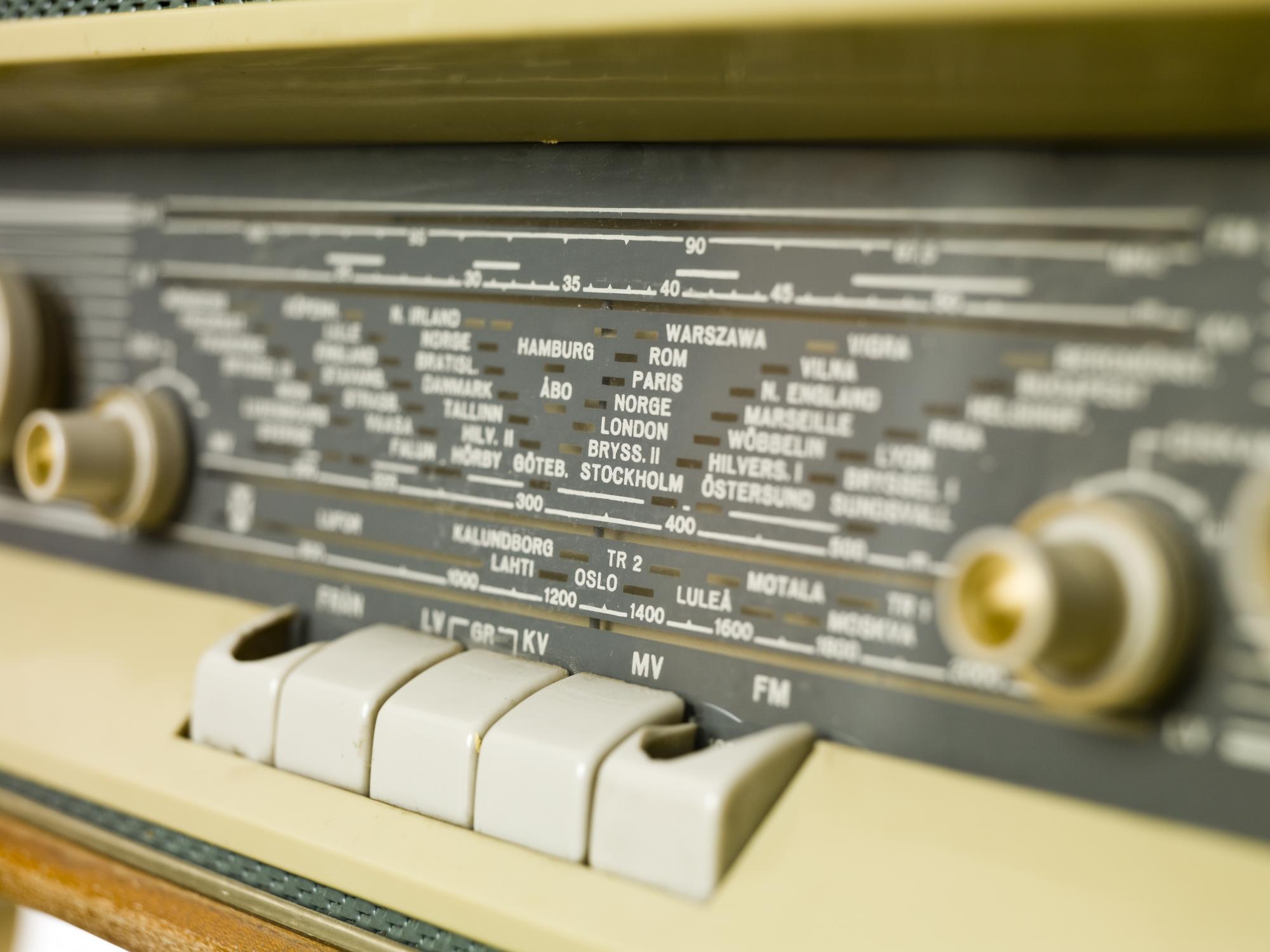 Radio has been one of the most revolutionary technological devices for over a century, and while many of us may have dropped it in favor of video and digital music players, radio remains a force to be reckoned with around the world.
Radio has been one of the most revolutionary technological devices for over a century, and while many of us may have dropped it in favor of video and digital music players, radio remains a force to be reckoned with around the world.
Since its conception, the technology has garnered a continued interest, allowing for advancements to be made in radio equipment and design. From its humble beginnings, radio has spread around the world and is now present in almost every country on earth, serving as the primary form of communications in many.
Here’s a closer look at the story of this amazing technology.
The Invention of Radio Technology
The birth of the radio was possible thanks to an accumulation of technologies during the 1800s and no one person can truly be given all the credit. Throughout this period, several inventors created and improved the technology that would be necessary for the invention of the radio to be possible.
Early experiments were done by the prolific scientist Nikola Tesla in 1893, after he discovered he could transmit and receive powerful radio waves when his newly invented Tesla coils were tuned to resonate at the same frequency. Unfortunately for Tesla, in 1895, when he was prepared to transmit a signal 50 miles, his lab was consumed in a fire.
A year later, the 22-year-old Italian Guglielmo Marconi arrived in London and received the first radio patent for a small two-circuit system device he called the “wireless telegraph.” Though his original design may not have been up for the task, Marconi was able to set up a long-distance demonstrations later on, using Tesla’s oscillator to transmit signals across the English Channel.
Marconi shared the Nobel Prize in physics with Ferdinand Braun, a German, in 1909 for their contributions to the development of wireless telegraphy despite using a considerable number of Tesla’s patents.
Early Applications and Advancements
At first, radios were unable to transmit voices and were mainly used to send Morse code messages between ships and land stations. It was the First World War that provided the first great surge, with both sides relying on the technology to communicate with troops and top officials in the battlefield.
By the time the war ended, broadcast radio technology was in place and there were enough radio receivers in Europe and the U.S. to support official broadcasting.
Only a few years after the end of the war, in 1922, Marconi helped form the British Broadcasting Company (BBC). The station spread throughout the U.K. and by 1925 was airing plays, classical music, and variety programs.
During the same period, broadcasting also became widespread in the U.S., with thousands of radio stations popping up after the first official station was opened in 1920 and radio advertising quickly following after the formation of the Radio Corporation Agreements (RCA). When all TV stations shut down at the beginning of World War II, transmission of the war news was left to the radio.
During this original Golden Age of Radio, AM frequency dominated broadcasting, though researchers had begun developing the use of FM in the 1940s as an alternative. It wasn’t until the 1960s that the AM/FM frequency usage began to shift, and not until the 1970s did FM truly take hold. FM finally outranked AM in listeners by 1978.
Radio in the Modern Day
Radio broadcasting kept expanding throughout the 80s and 90s, but it wasn’t until the 21st century that it reached a whole new level. In 2000, radio expanded into satellite and internet markets. With new trends, like subscription-based XM radio and podcasts that are uncontrolled by federal regulations, both viewers and broadcasters have more options for commercial-free programming.
The simplicity, accessibility, and affordability of radio technology still makes radio a revolutionary communication device around the world – whether its transmitting DJ mixes in the first world or spreading essential information in developing countries.
Undoubtedly, new technology will continue to drive broadcast radio into the future.